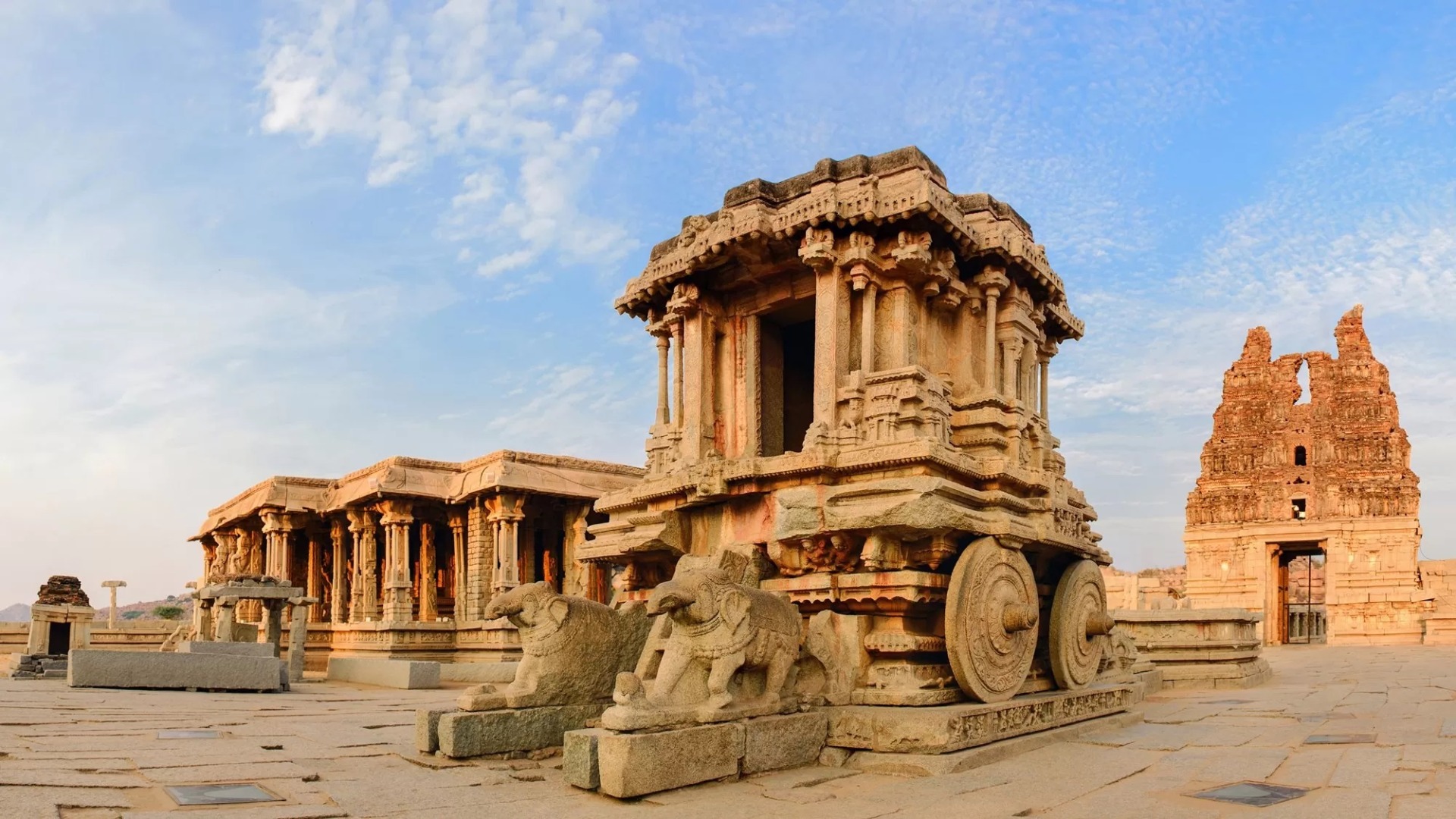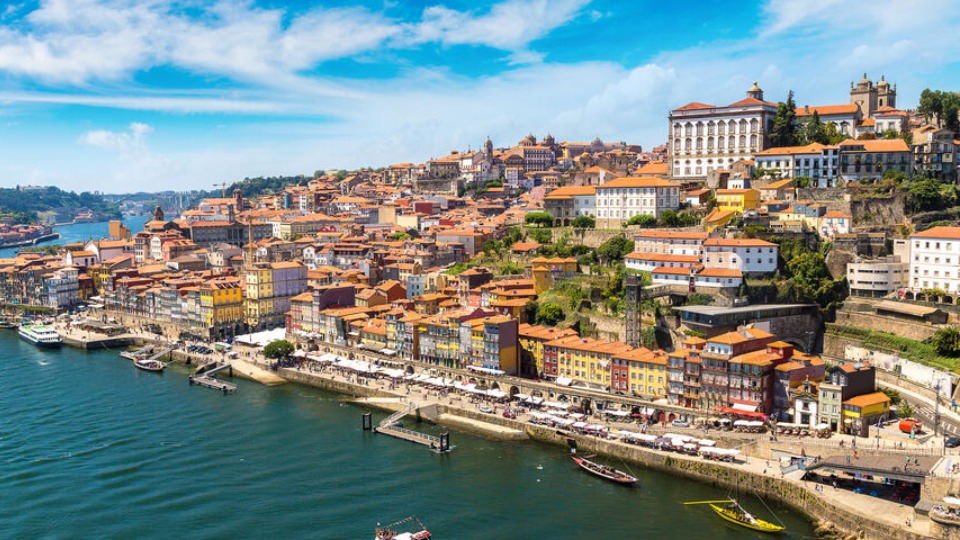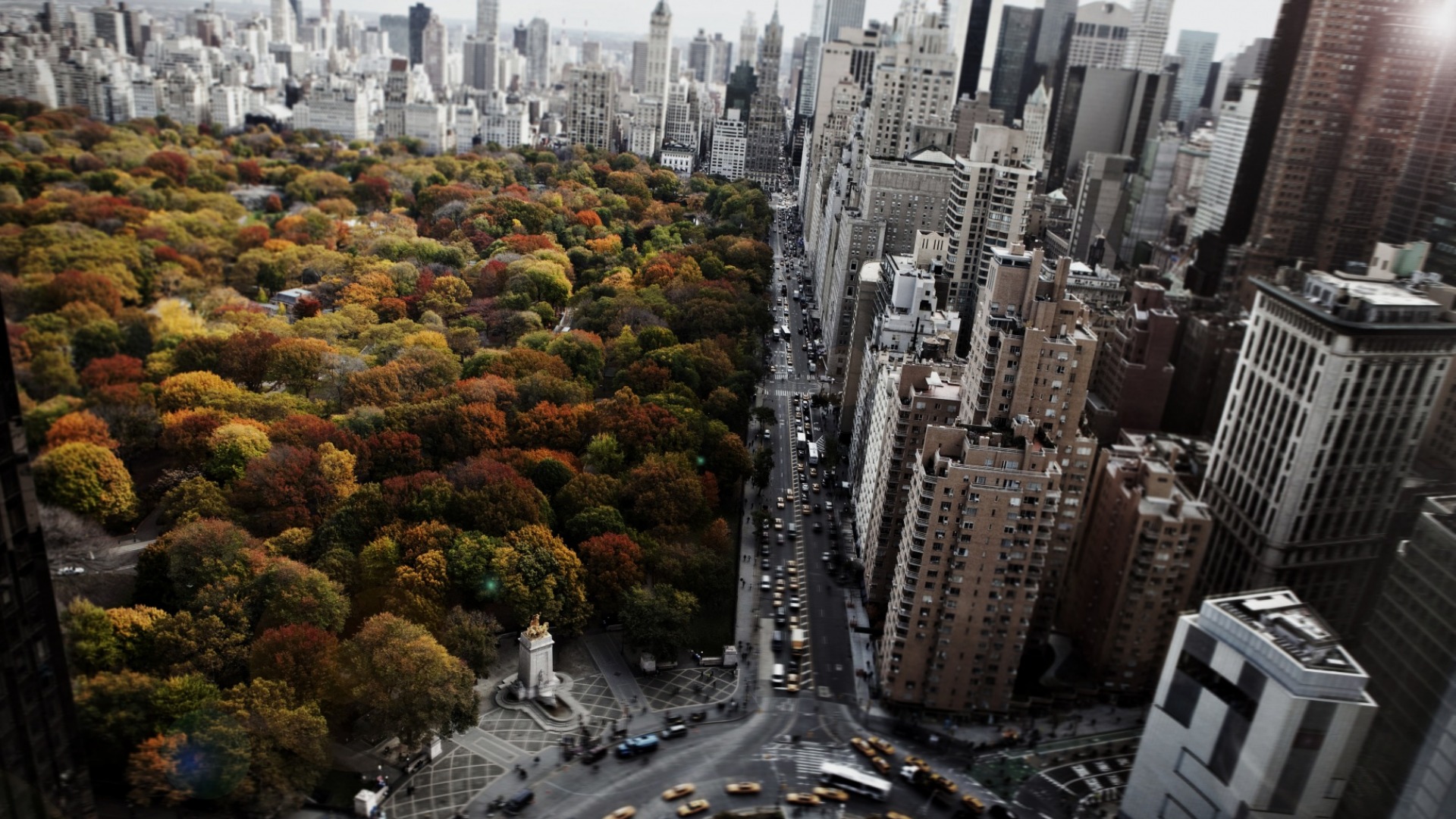
The Direct Competition Between Beach And Temple Tourists

India is seeing a rise in visitors interested in its religious sites.
According to statistics gathered by India's tourist ministry, more than 60% of visitors are drawn to the country for spiritual or religious purposes, while the value of the businesses located around sacred sites also increased.
According to recent reports from ET, an incredible 1,433 million Indians undertook pilgrimages last year, while another 6.64 million people from outside India visited India's holy places.
Although the pandemic has been credited with fuelling a boom in interest in spiritual tourism, this trend really began developing well before the outbreak. Over 40 carefully planned, all-inclusive itineraries to 60 well-known Indian pilgrimage sites were initially made available by SOTC in 2017.
Hyatt Hotels and Resorts opened its first vegetarian hotel, Hyatt Place Rameswaram, in the same year, conveniently located near the Ramanathaswamy temple and other religious landmarks.
ET claimed that tour operators and hotel owners are keen to accompany the typical Indian on the spiritual quest for enlightenment and atonement. After two years of Covid-induced constraints, pilgrimage travel in the country of different religions has revived, leading hotel and service providers to construct new and luxury facilities at holy locations formerly renowned for austere accommodation conditions.
In the last three years, for instance, the Katra market, which previously had a small selection of branded hotels, has welcomed establishments from chains like Vivanta by Taj, Radisson Individuals, Holiday Inn, Lemon Tree, Clarks, Best Western, Sarovar, and Ramada, with a combined total of about 1045 rooms.
MakeMyTrip co-founder and group CEO Rajesh Magow recently told ET that the company's research shows a 44% increase in real estate listings across holy locations compared to the pre-Covid era. The percentage of people staying in sacred sites was 10% higher in March than in other leisure cities, he said.
As religious tourism in India experiences rapid expansion, and as the forthcoming Ram Temple adds additional draw to the historic location, hoteliers from all over the world are flocking to Ayodhya. According to ET, businesses lined up to establish new lodging establishments, including prominent 5-star brands like the Taj, Radisson, and ITC Hotels as well as budget players like OYO.
In the hospitality industry, both the Tata Group's Indian Hotels Company Ltd (IHCL) and the Radisson hotel chain have expansion ambitions. ITC Hotels, another significant stakeholder, is looking at potential business options in Ayodhya to meet the needs of the expected 4 crore annual tourists by 2031.
Surprisingly, it's not only the elderly who are fuelling the temple stampede. The young people of India are visiting religious sites. Teenagers and even younger children are taking these vacations with their families.
This may help explain the prevalence of branded and high-end hotels and resorts around major pilgrimage sites, as agents in the tourism industry claim that high-end lodgings in religious centres are in high demand. Hotels in Haridwar and Rishikesh, for instance, often have private ghats, arranged visits to the Ganges, as well as regular opportunities for yoga, meditation, and strolls.
The government's proactive investment in infrastructure at such sites is another, more important, factor in the industry's growth.
The plan's end goal is to set up physical facilities for people to visit on religious or spiritual pilgrimages in certain areas. So far, this initiative has selected 73 areas for growth in 31 states and UTs. The government is also putting money into a new Buddhist circuit, which would connect several places associated to Buddha throughout five states. This is because they expect a significant influx of international visitors, and therefore, more revenue. To encourage holistic growth of sacred Buddhist sites around the nation, the Swadesh Darshan project launched the Buddhist Circuit plan. After the Buddha circuit is finished, it will be visited by people from all over the world.
Source: economictimes.indiatimes.com








